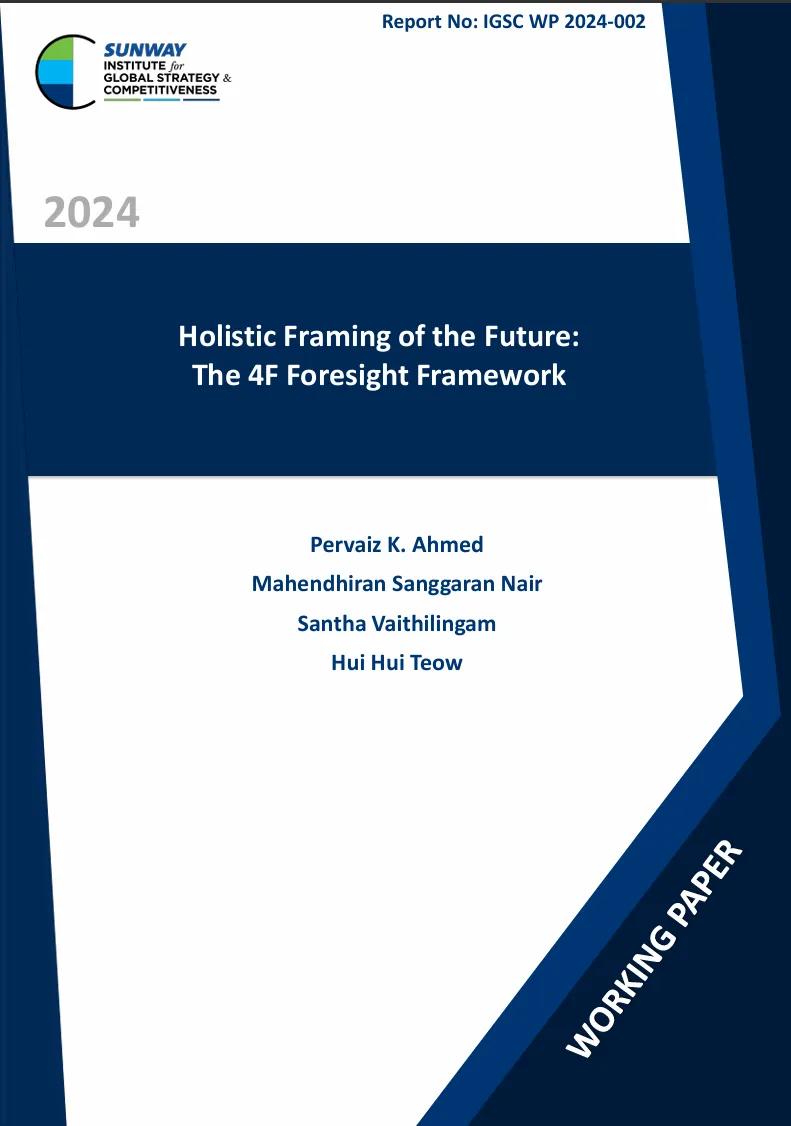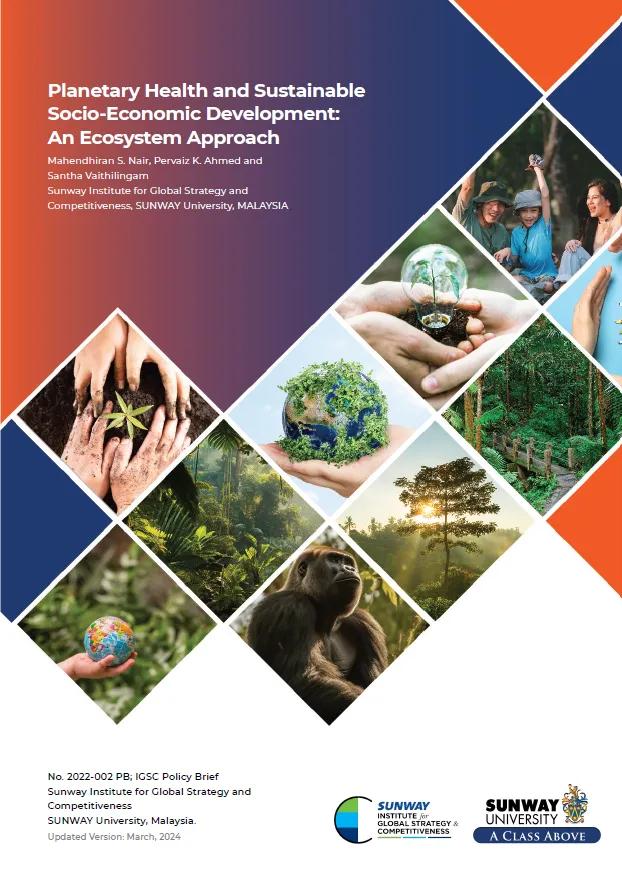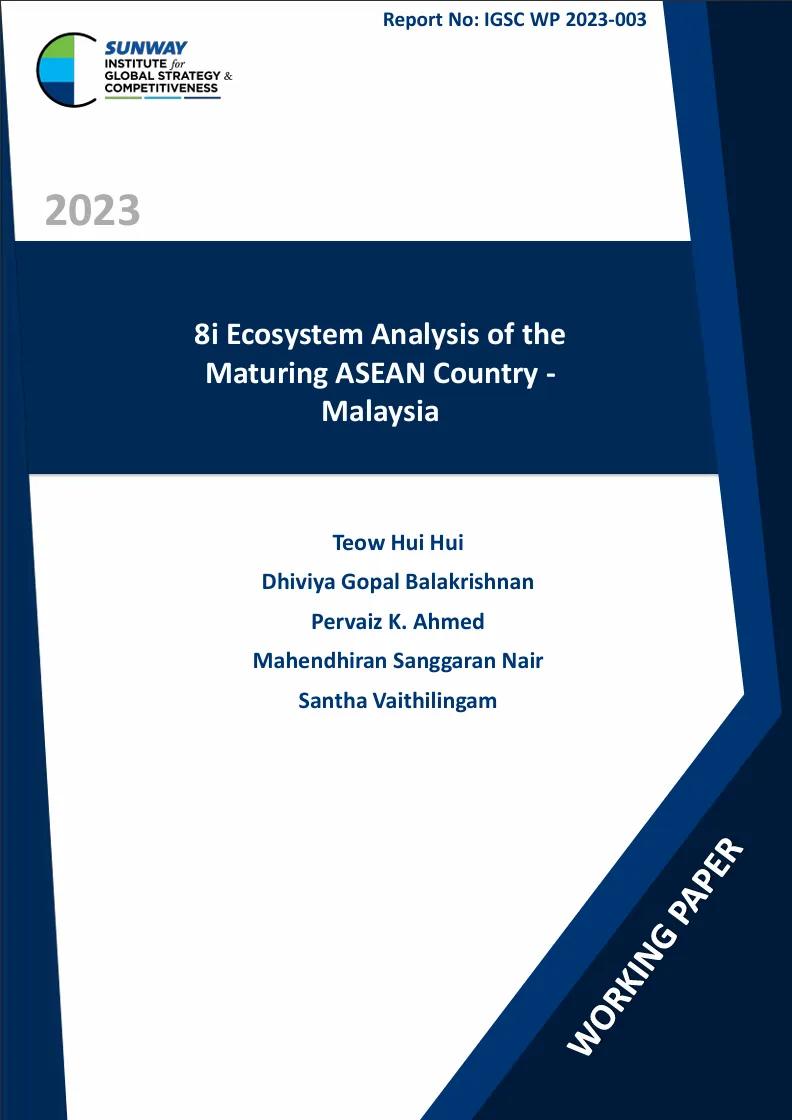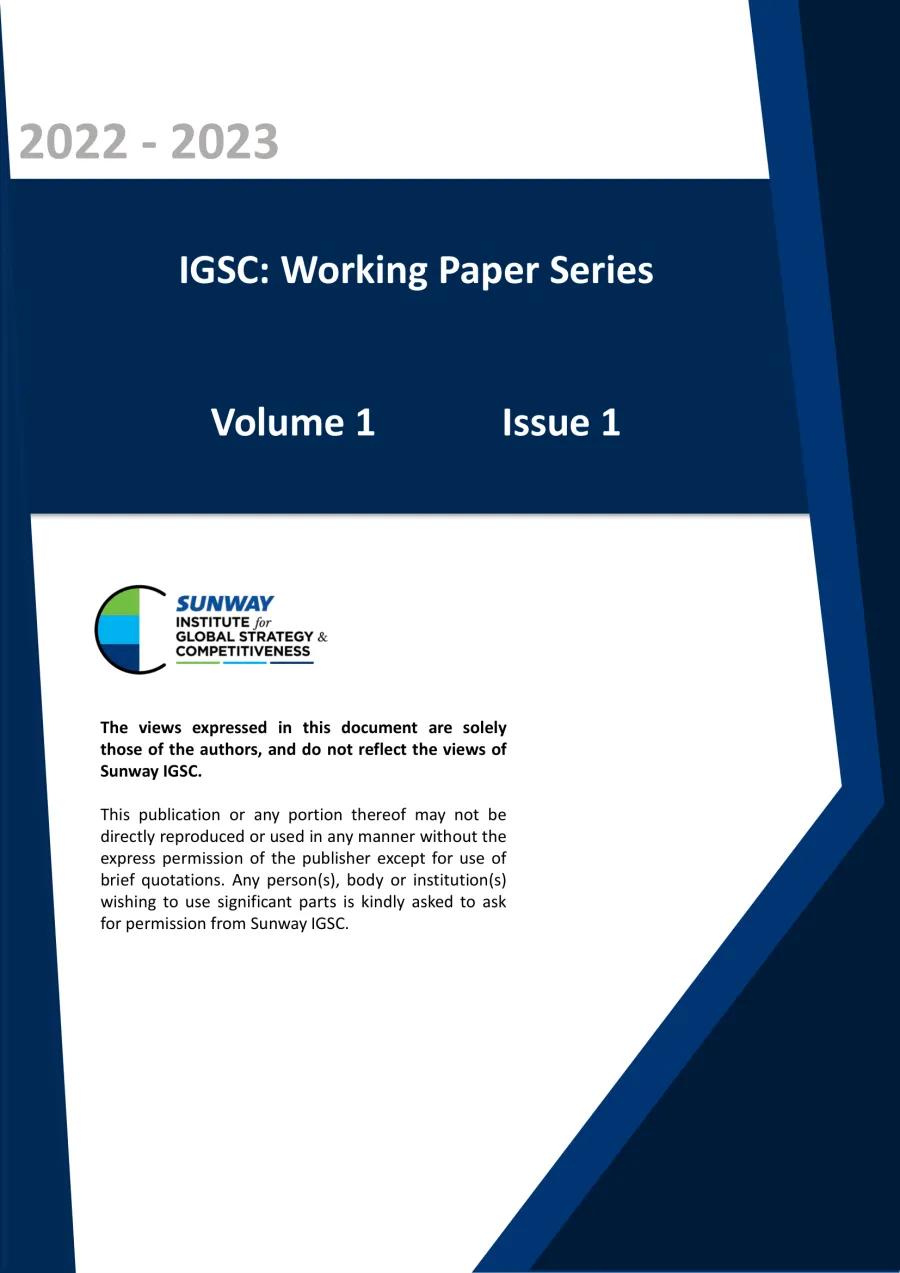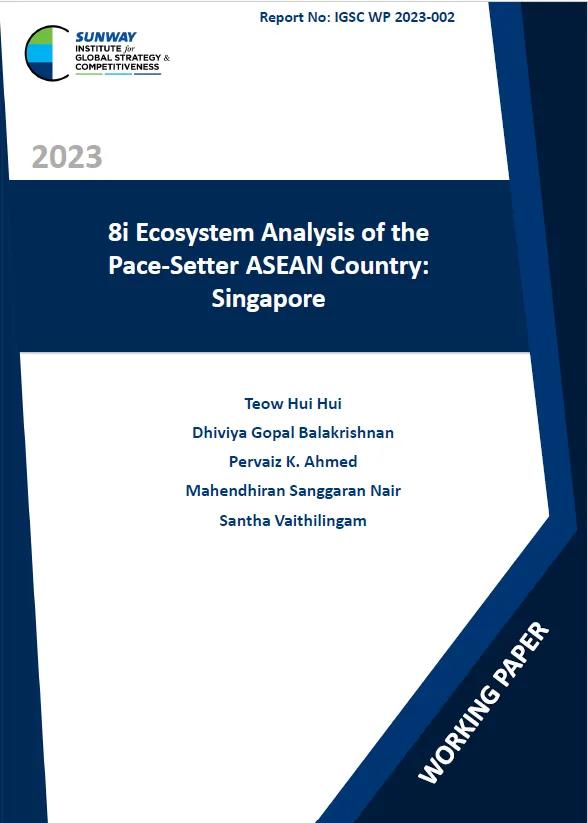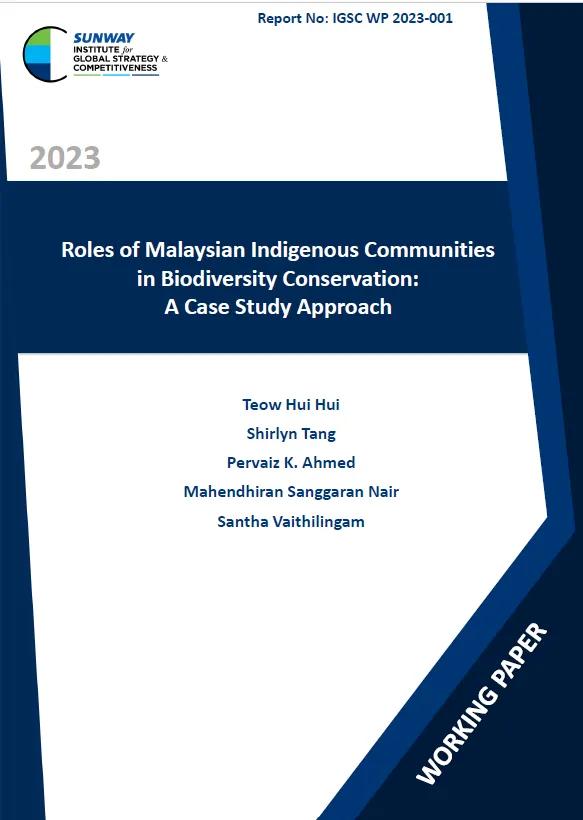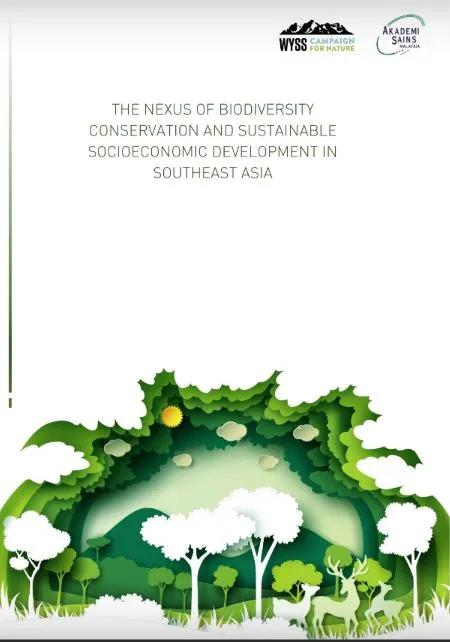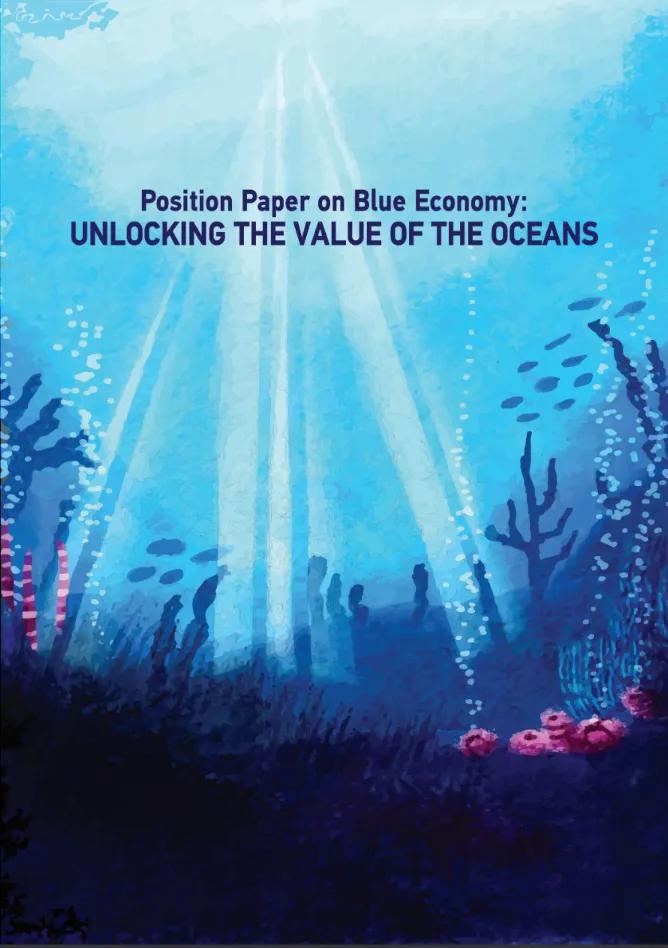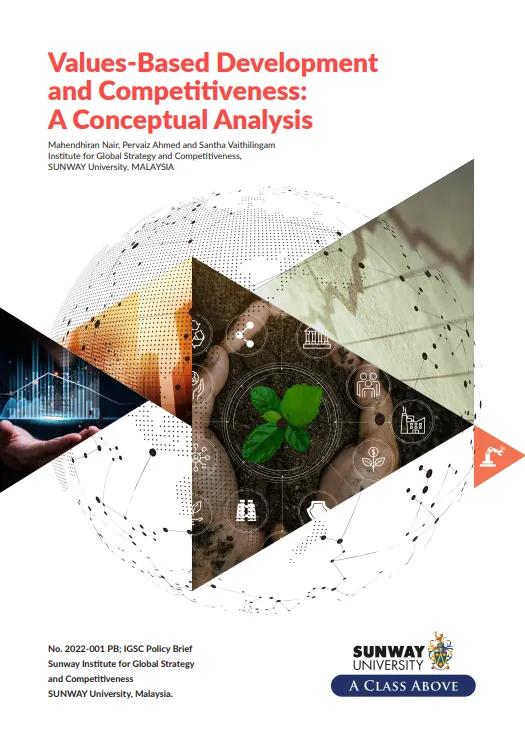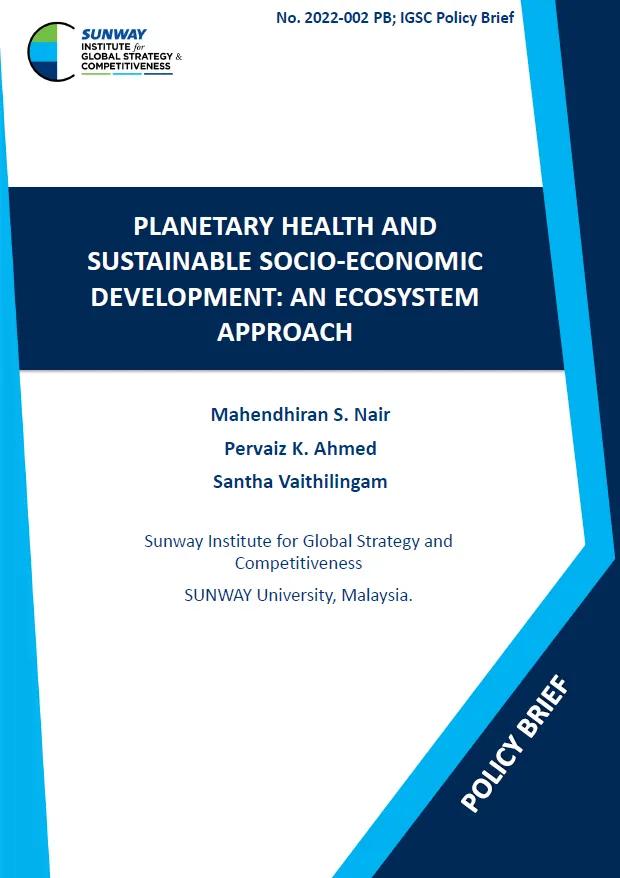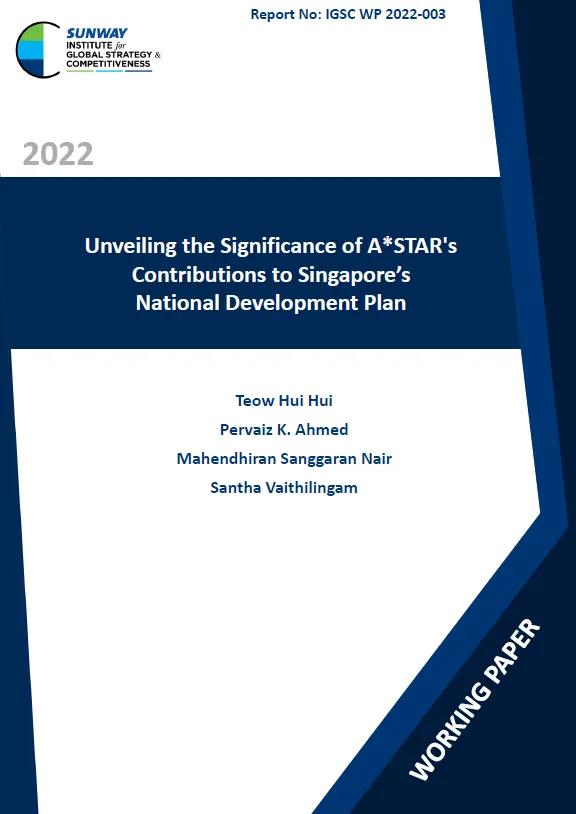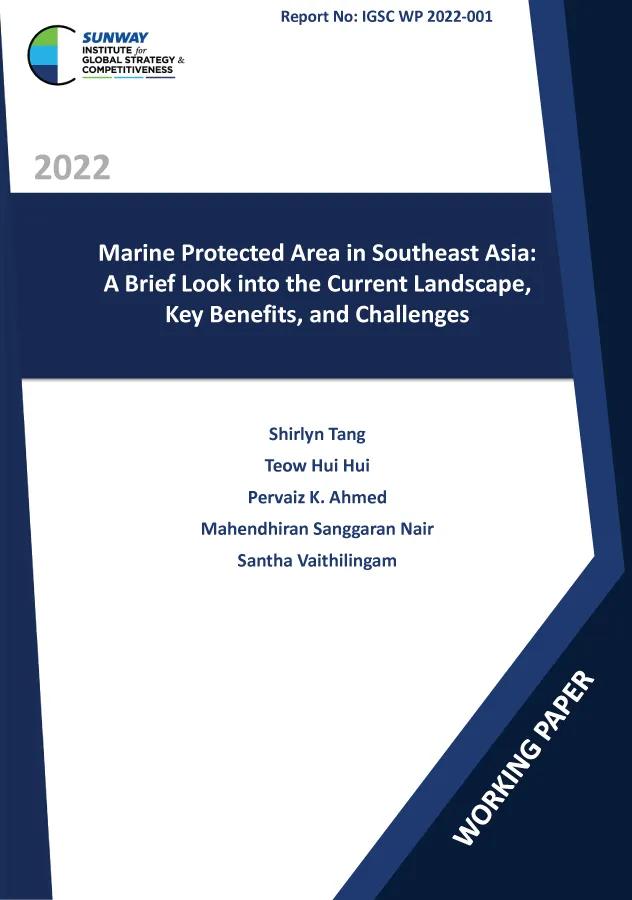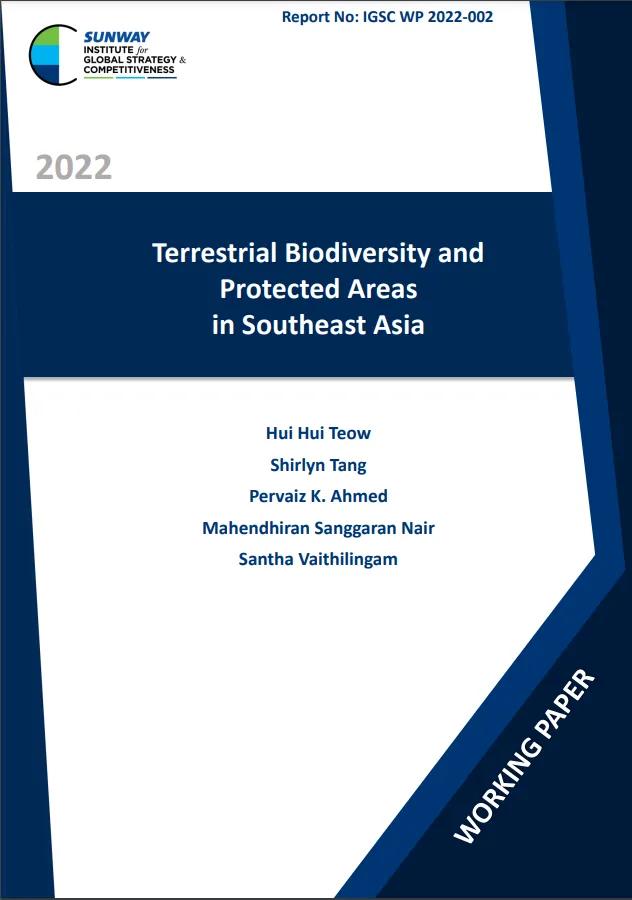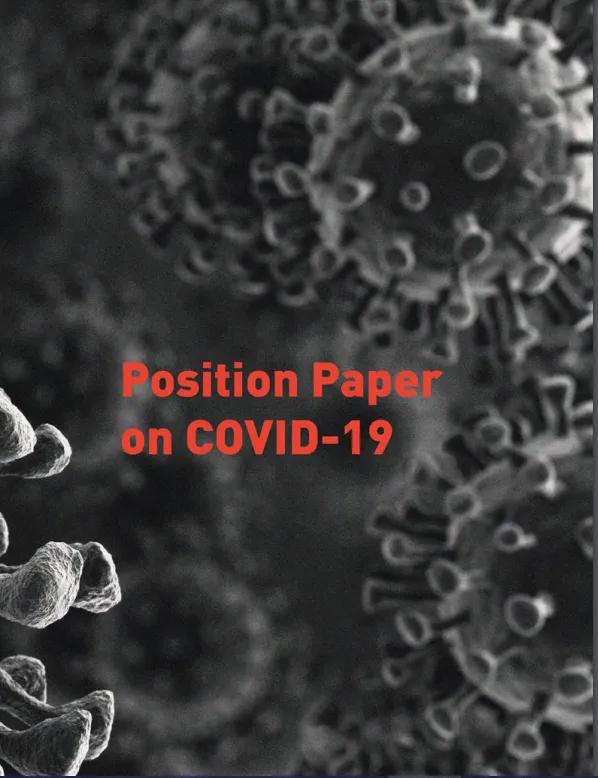2024
2023
2022
- Ng, J.W.J, Vaithilingam, S., Nair, M., Hwang,L.A. and Musa, K.I. (2022), Key predictors of Covid-19 Vaccine Hesitancy in Malaysia: An Integrated Framework, Plos-One, 17(50), doi.org 0268926
- Vaithilingam, S., Nair, M., Macharia, M. and Venkatesh, V. (2022), Mobile communication and use behavior of the urban poor in a developing country: A field study in Malaysia, International Journal of Information Management 63, 102440.
- Pradhan, R.P., Arvin, M.A., Nair, M.S., and Hall, J.H. (2022), The dynamics between financial market development, taxation propensity and economic growth: a study of OECD and non-OECD countries, Quality & Quantity, 56 (3), 1503-1534.
- Pradhan, R.P., Arvin, M.A., Nair, M.S., Hall, J.H and Bennet, S.E. (2022), Institutional development in an information-driven economy: can ICTs enhance economic growth for low- and lower middle-income countries? Information Technology for Development, 1-20.
- Nasir, N.M., Nair, M.S, Ahmed, P.K. (2022), Environmental sustainability and contemporary Islamic society: a Shariah perspective, Asian Academy of Management Journal, accepted for publication 3 Aug 2022.
- Pradhan, R.P., Nair, M.S., Arvin, M.B., Ali, M.S.B., (2022), Intertemporal linkages between Government Expenditure and Corruption in a Digital Economy: A Panel Granger Causality Framework, in Digitization and Economic Development, 1-27, Routledge (Book chapter).
- Nair, M., Vaithilingam, S., Ahmed, P.K., Hwang, L.A., Ng, JWJ (2022), Future-Proofing the Talent of Malaysia’s Indian B40 Community for the New Economy: A Multi-Stakeholder Partnership Framework, in Malaysian Indians: Education, Equity and Reimagined Priorities, editors Rajendran Nagappan and Hena Mukerjee, Routledge, UK. Forthcoming (Book chapter).
2021
- Nair, M., Arvin, M.B., Pradhan, R.P and Bahmani, S. (2021). Is higher economic growth possible through better institutional quality and a lower carbon footprint? Evidence from developing countries, Renewable Energy. 167, April, 132-145.
- Hwang, LA, Vaithilingam, S., Nair, M., Ng, JWJ, (2021), Nurturing academic enthusiasm and creativity among children from vulnerable groups: the role of computers, Behaviour & Information Technology, 1-20.
- Nasir, N.M., Nair, M.S, Ahmed, P.K. (2021), Institutional isomorphism and environmental sustainability: a new framework from the Shariah perspective, Environment, Development and Sustainability, 23 (9), 13555-13568.
- Arvin, M.B., Pradhan, R.P. and Nair, M. (2021), Uncovering interlinks among ICT connectivity and penetration, trade openness, foreign direct investment and economic growth: The case of the G-20 countries, Telematics and Informatics, Volume 60, July, 101567, Elsevier.
- Pradhan, R.P., Arvin, M.B. and Nair, M. (2021), Urbanization, transportation infrastructure, ICT and economic growth: A temporal causal analysis, Cities, 115, 103213.
- Pradhan, R., Arvin, M.B, Nair, M., Hall, J. and Bennett, S. (2021), “Sustainable economic development in India: the dynamics between financial inclusion, ICT development and Eocnomic Growth,” Technological Forecasting and Social Change, Volume 169, August 2o21 120758 , Elsevier.
- Arvin, M.B., Pradhan, R.P.and Nair, M. (2021), Are there links between institutional quality, government expenditure, tax revenue and economic growth? Economic Analysis and Policy, 70, 313-333.
- Pradhan,R.P., Arvin, M.B., Nair, M., Bennett, S.E., Bahmani, S. (2021), Competitiveness and Economic Growth of Asian Countries, in editors Bahmani-Oskooee, M., Bahmani, S., Kanitpong, T., Asian Countries: Economic, Political and Social Issues, Nova Science Publishers, New York, USA., 1-36.
- Vaithilingam, S., Teh PL, Ahmed, P.K., Ho, S.J., Nair, M.S., and Tan, C.P. (2021) Sustainable Smart Transport System: Through the Lens of a Smart City in an Emerging Country, Proceedings of the International Conference of Electronic Business, Volume 21, 455-462, IEB21, Nanjing, China, December 3-7, 2021. ceb.johogo.com/proceedings/2021/ICEB_2021_paper_36_full.pdf








